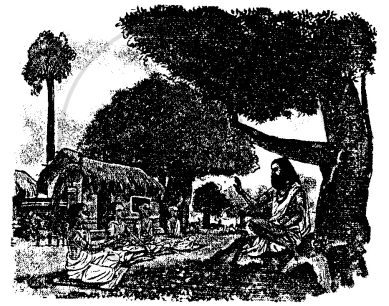Advertisements
Advertisements
Question
What difference do you find in the position of the King of the Early Vedic Age as compared to the King of the Later Vedic Age?
Solution
During the Early Vedic period, the Rajan (king) was the head of the tribe. His chief occupation was fighting battles to defend and protect the tribe and its territory. His position was not hereditary and the two tribal assemblies — Sabha and Samiti — checked his power. The king was in most cases selected or chosen by the tribal heads due to his bravery and wisdom. During the Later Vedic period, the position of the king became stronger. He gained absolute power and his position became hereditary. He started claiming himself to be the representative of God. He performed several complex sacrifices (yajnas) to augment his power and prestige — Ashwamedha, Vajapeya and Rajasuya. He also assumed titles of ‘Samrat’ and ‘Mahadhiraj’
APPEARS IN
RELATED QUESTIONS
Describe the political organisation of the Aryans during the ‘Later Vedic Period.
Textbook Keywords: Aryavarta
Textbook Keywords: Rajasuya Yagna
Textbook Keywords: Ashvamedha Yagna
What were the main occupations of the people of the Later Vedic Period?
Mention the important features of the religion of the Later Vedic Period.
State whether the following statement is true or false.
The Aryans believed in one supreme God.
Fill in the blanks:
In the Later Vedic Age, the classification of society into four varnas became _____ and _______.
State whether the following is true or false:
Excavations indicate the use of iron during the Later Vedic Period.
This is a picture of a gurukul.

Give a detailed account of the life of an Aryan during the first ashrama.
